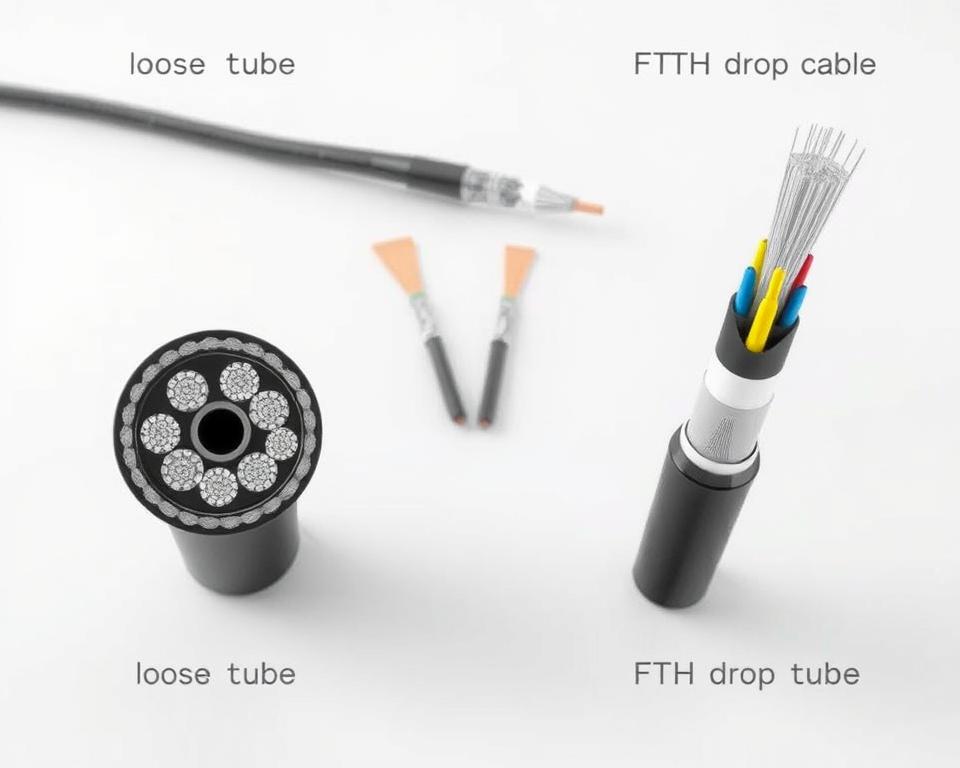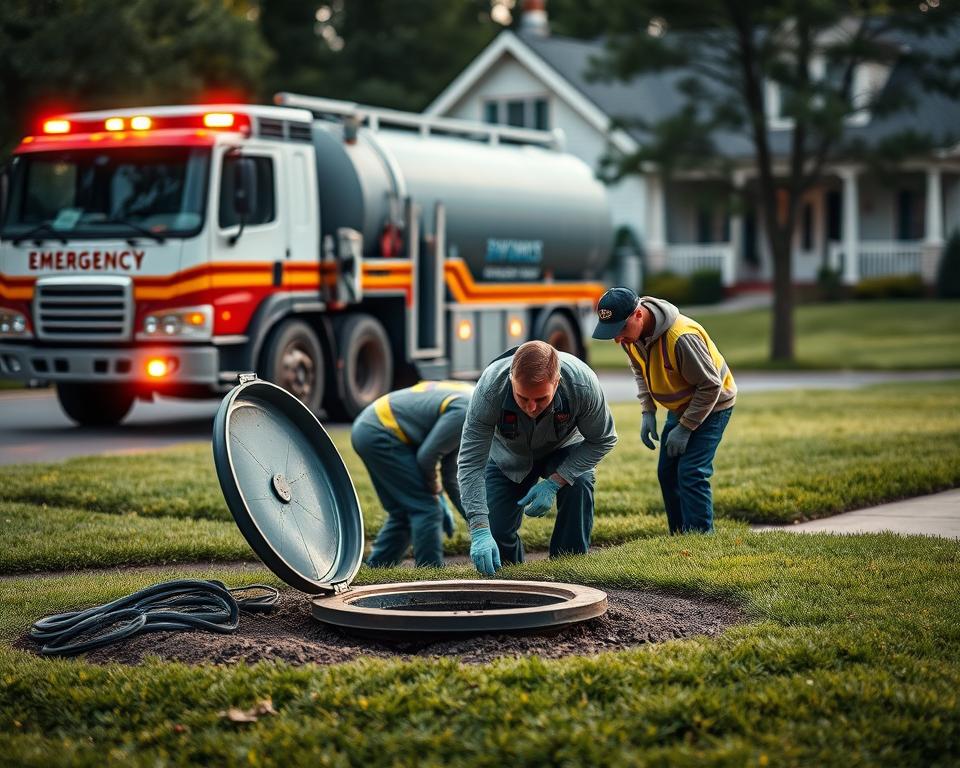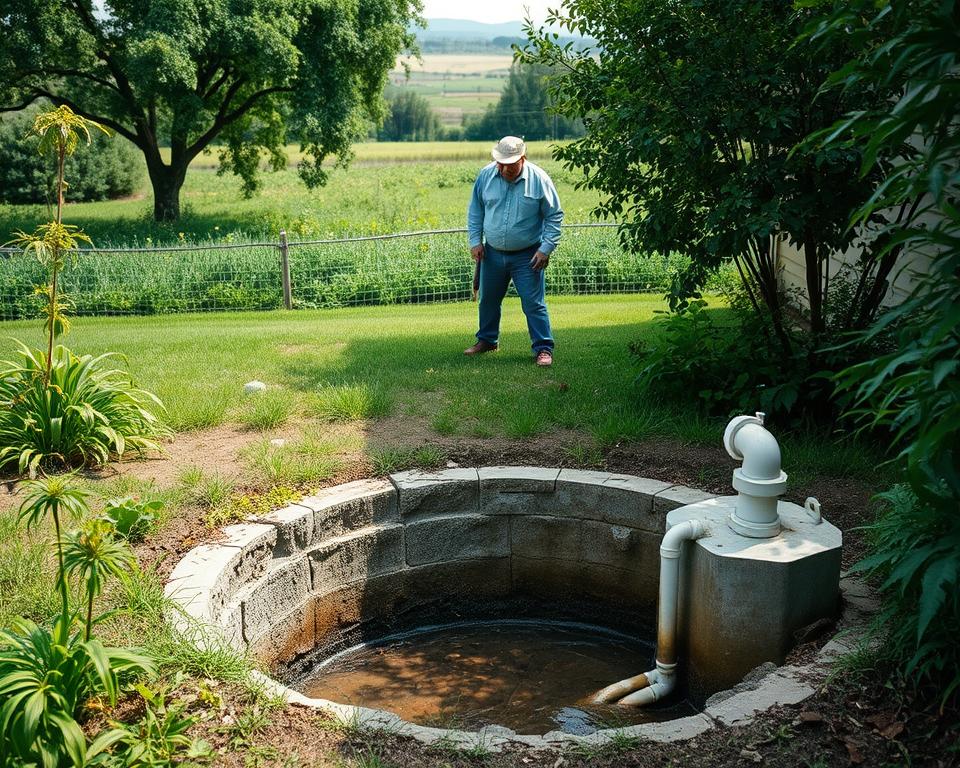Selecting Spare Parts for a Fiber Ribbone Line
The Definitive Guide to FTTH cable Production Line
Allow us to present the essential guide to the FTTH cable production line. Within this comprehensive article, we will examine fiber optic cables and their indispensable role in allowing high-speed data transmission. As the demand for internet connectivity that is both faster and more reliable keeps increasing, understanding the fine points of FTTH cable production becomes essential. Covering the essentials of cable infrastructure to the detailed manufacturing process, this guide aims to provide you with valuable insights into the production of SZ stranding line.
If you’re just starting out in the industry or want to better your understanding, this guide is for you. This guide will delve into the essential components of FTTH cable systems, the function of optical fibers in FTTH technology, and how raw materials are turned into top-quality fiber optic cables. Furthermore, our discussion will include design considerations, stranding techniques, buffering and jacketing processes, and how to efficiently operate the FTTH cable production line.
The guide will also highlight the advanced technologies that are transforming FTTH cable manufacturing, in addition to the importance of testing and quality assurance in making sure fiber optic cables are reliable and durable. We’ll also discuss the last stages of packaging and distribution, making sure the FTTH cable production line works without any issues from start to finish.
Key Takeaways:
- Providing high-speed data transmission is a key function of the FTTH cable production line.
- Having a grasp of the basics of FTTH cable infrastructure and its key components is vital.
- The FTTH cable production process, which goes from silica to fiber, involves fiber drawing, coating application, and testing.
- Performance can be optimized by designing configurations and layouts that satisfy particular network requirements.
- Fiber benefits from the added support and protection offered by stranding techniques and central strength members.
The Basics of FTTH cable Production
To truly understand the FTTH cable production process, a clear understanding of the cable infrastructure, main components, and the part played by optical fibers in FTTH technology is vital.
Getting to Know the FTTH cable Infrastructure
In fiber-to-the-home (FTTH) systems, the FTTH cable infrastructure is the network of cables, connectors, and distribution points that allows data to be transmitted. It forms the backbone of high-speed internet connectivity, allowing for seamless data transfer between the provider’s network and the end user’s premises.

Fundamental Parts of FTTH cable Systems
To ensure data transmission is smooth and efficient, FTTH cable systems rely on several key components working in unison. These components include:
- In the form of light, data signals are carried by these fiber optic cables. They are designed to provide high bandwidth and low signal loss, ensuring fast and reliable data transmission.
- Connectors: Connectors play a crucial role in joining fiber optic cables to other cables or devices, facilitating the connection and disconnection of cables when necessary. They provide a secure and reliable connection, minimizing signal loss.
- Fiber optic signals are divided and distributed to multiple end users using distribution points. Without negatively impacting the overall network performance, they help ensure each user receives the necessary bandwidth.
Significance of Optical Fibers in FTTH Technology
FTTH technology relies heavily on optical fibers. These thin strands of glass or plastic are designed to efficiently transmit data signals in the form of light pulses. Optical fibers are known for their high bandwidth capacity, low signal loss, and immunity to electromagnetic interference, making them ideal for high-speed data transmission.
The fibers are made of a core, which carries the light signals, surrounded by a cladding layer that reflects the light back into the core, preventing signal loss. This design enables optical fibers to carry data over long distances without the signal quality or speed getting worse.
Step-by-Step Process: From Silica to Fiber
How Fiber Drawing Creates the Core of the cable
The process of creating the cable’s core begins with fiber drawing, the first step in FTTH cable production. By pulling and stretching a silica glass preform, this process converts it into a long, thin fiber. For optimal performance, the fiber drawing process includes careful control of the fiber’s diameter. The cable’s ability to transmit data efficiently and accurately is largely determined by the quality and composition of the core.
Coating Application: Ensuring Durability
Coating application is the step that follows fiber drawing. At this point, a protective layer, referred to as a coating, is applied to the fiber. Acting as a buffer against external factors like moisture is just one of the purposes of the coating, which also enhances the fiber’s long-term durability and reliability. In addition, the coating material is chosen with care to ensure it has the correct mechanical properties, so the fiber will remain intact and protected throughout its lifespan.
Ensuring Quality: Fiber Testing Throughout Production
To ensure the fiber’s quality and performance, fiber testing is performed at different stages throughout the FTTH cable production process. Testings include measuring the fiber’s physical parameters such as diameter, attenuation, and tensile strength, as well as inspecting the coating’s uniformity and adhesion properties. Ensuring that the fiber meets the required standards and specifications is crucial, and these tests help guarantee the overall quality and performance of the final FTTH cables.
| Stage of Production | Testing Parameters |
|---|---|
| Fiber Drawing | Diameter, Attenuation, Tensile Strength |
| Coating Application | Coating Thickness, Uniformity, Adhesion |
Testing Parameters at Various Stages of FTTH cable Production: Table
A summary of the testing parameters measured during different stages of the FTTH cable production process is presented in the table above. Manufacturers can ensure that every fiber used in the cables meets the necessary quality standards by performing thorough testing, which ultimately leads to the high-performance and reliability of FTTH cable systems.
Design Considerations for FTTH cable Configurations
In the realm of fiber-to-the-home (FTTH) cable production, cable configuration design is key to fulfilling network requirements and optimizing performance. Factors like network capacity, how easily it can be expanded, and the desired speed of data transmission are all part of cable design. By adapting cable configurations to their unique needs, companies can guarantee efficient deployment and make the most of their network infrastructure.
A variety of FTTH cable configurations and layouts are available, and each has its own advantages and considerations:
- Each subscriber is connected one after the other to the main distribution point in a Daisy Chain Configuration. It’s a solution that saves money and is suitable for areas where there aren’t many subscribers.
- A direct connection between each subscriber and the central office or hub is characteristic of the star configuration. This design provides flexibility and ease of maintenance, making it ideal for densely populated areas.
- Subscribers are connected in a circle in the ring configuration. It provides backup systems and can keep working even if there are problems, ensuring service continues if the network fails.
- The main distribution point connects to secondary distribution points, and from there, individual subscribers are connected in a tree configuration. It enables efficient network expansion and is often used in areas with a high concentration of subscribers.
- Distribution points have multiple connections between them in the mesh configuration, which provides high reliability and redundancy. This configuration is often used in very important applications where it’s crucial that the service never stops.
When designing FTTH cable configurations, it is essential to consider the network requirements and expected future growth. Because each configuration has its own set of benefits and limitations, the right one to select depends on factors like how many subscribers there are, the geographical location, and what services are in demand.
By carefully evaluating these factors and collaborating with industry experts, companies can develop customized FTTH cable configurations that meet their specific network requirements and deliver optimal performance.
Stranding Techniques and Equipment
The production of strong and durable FTTH cables relies heavily on the stranding techniques and equipment employed. Different stranding patterns are employed, each with its own advantages and applications. The efficiency and quality of cable production depend on choosing the appropriate stranding machinery. Additionally, central strength members provide additional support and protection for the fiber, contributing to the overall reliability of the FTTH cables.
Different Types of Stranding Patterns
When producing FTTH cables, one of the main things to consider is which stranding pattern to use. Depending on the specific characteristics needed for the cable, various stranding patterns are employed, including reverse concentric, SZ stranding, and helical stranding. The unique features of each pattern can enhance the cable’s performance in areas like flexibility, strength, and how well it holds up against external factors. Careful selection of stranding patterns ensures that the specific requirements of the application are met, which leads to optimal performance and a long lifespan for the FTTH cables.
Factors to Consider When Choosing Stranding Machinery
Stranding machinery is a crucial component of the FTTH cable production line. It allows for the accurate creation of the stranding pattern and ensures that the fibers are kept at the right tension and in the correct alignment. When selecting the right fiber draw tower machinery, you need to consider things like the cable’s diameter, the speed of production, and the level of automation you need. The increased efficiency and flexibility of advanced stranding machines enable manufacturers to handle high-volume cable production and also offer customization options.
The Function of Central Strength Members
FTTH cables use central strength members to make them mechanically stronger. Stability is provided, tensile strength is improved, and the delicate fiber inside the cable is protected by them. Acting as a backbone and made from materials like aramid or fiberglass, the central strength members reinforce the cable structure and help it withstand external forces. They ensure that FTTH cables can handle the stresses of being installed and that the signal transmission remains intact, making them appropriate for various deployment scenarios.
Buffering and Jacketing: Protecting the Fiber
The protection of the delicate fiber within FTTH cables relies heavily on the buffering and jacketing processes during production. These processes guarantee that the fiber is protected from a wide range of potential threats, including moisture, rubbing, and other external elements that could endanger its performance and how long it lasts.
The Significance of Buffering in Fiber Protection
Applying a protective layer around the fiber is what the buffering process involves, and this layer acts as a barrier against environmental elements. By preventing water from penetrating, this layer can stop signal loss or even the fiber from breaking. The cable’s resistance to wear and tear is also enhanced by buffering, which reduces the risk of damage during installation or maintenance.
The buffering materials that are used must stick to the fiber excellently and have a low coefficient of friction to keep stress on the fiber to a minimum. Choosing the right buffering material depends on things like what kind of environment the cable will be in and how much protection is needed.
How to Select Jacketing Materials
To further protect the fiber and the buffering materials, an outer layer is applied in a process called jacketing. The jacketing material is specifically chosen to provide robust protection against mechanical stress, impact, UV radiation, and other potential hazards.
When selecting jacketing materials, you need to think about things like flexibility, how well it resists fire, and if it’s compatible with the environment. Common materials used for jacketing include polyethylene (PE), polyvinyl chloride (PVC), and low-smoke zero-halogen (LSZH) compounds. The specific application and the standards set by the industry will dictate which material is chosen, as each has its own benefits and drawbacks.
Using the Newest Technologies for Jacketing
The way FTTH cables are protected has been revolutionized by the progress in jacketing technologies. With the newest technologies, you get better strength, more flexibility, and better resistance to things in the environment, which means they last longer and are more reliable.
Tight-buffered cables are one of the new jacketing technologies, and they involve buffering each fiber with a thin layer of plastic, which gives great protection and flexibility. Another technology is micro-ducts, which use rugged tubing to house multiple fibers, offering high-density and versatility in cable installation.
In addition, there are special jacketing technologies that are made to meet the specific needs of different industries. For example, cables that are used outside in tough conditions might have armored jackets to give them better protection from rodents, moisture, and very hot or cold temperatures.
The latest jacketing technologies make it possible to customize FTTH cables for various applications, ensuring they perform optimally, last a long time, and are reliable.
FTTH cable Production Line Operations
Efficient operations are key to ensuring a smooth and streamlined manufacturing process in the FTTH cable production line. Each step in the production line plays a vital role in producing high-quality fiber optic cables that enable high-speed internet connectivity. Various machines and equipment are used to achieve the best possible efficiency.
Preparing the raw materials, including the silica used for fiber drawing, is the first step in the manufacturing process. Then, the fiber drawing process commences, where the core of the cable is carefully crafted to achieve the desired specifications. After that comes coating application, which makes sure the fiber is durable and protected.
To make sure the cables meet the highest standards, quality is the most important thing, and thorough fiber testing is done at every step of the production line. Factors such as attenuation, bandwidth, and signal loss are all tested as part of this process.
It’s crucial for the FTTH cable production line operations to be efficient. By optimizing the use of machinery and equipment, manufacturers can minimize production time and costs while maximizing output. Also, when the processes are efficient, the cables are of better quality overall.
The manufacturing process can be complicated, with various stages and components involved. However, by integrating efficient operations and continuous improvement initiatives, manufacturers can improve the efficiency and effectiveness of their FTTH cable production line.
For a complete picture of how the FTTH cable production line operates, the table below summarizes the main machinery and their functions in the manufacturing process:
| Machine | Role |
|---|---|
| Fiber Drawing Machine | Produces the fiber optic cable core by pulling and stretching the silica material. |
| Coating Machine | Applies a protective coating to the fiber optic cable, ensuring durability and resistance to external factors. |
| Fiber Testing Equipment | Conducts various tests on the fiber optic cable to ensure quality and performance. |
| Spooling Machine | Winds the finished fiber optic cable onto spools for packaging and distribution. |
| Jacketing Machine | Applies an outer jacket to the fiber optic cable, providing additional protection and improving its handling. |
By using advanced machinery and technologies, manufacturers can make their production line operations more efficient, enhance their effectiveness, and deliver high-quality FTTH cables that satisfy the growing need for high-speed internet connectivity.
Latest Technologies Used in FTTH cable Manufacturing
For the FTTH (Fiber to the Home) cable manufacturing field, which is always evolving, advanced technologies are key to enhancing efficiency and quality. As the demand for high-speed data transmission rises, automation, the integration of AI, and fiber coloring machines have completely changed the production process, sparking innovation and leading to the delivery of superior products.
Automation in Fiber Optic cable Production
The way fiber optic cables are made has been significantly changed by automation. Using advanced machines and robots allows for very accurate control of the manufacturing process, which ensures consistent quality and reduces the chance of mistakes. Automation makes it possible to produce more cables in less time and with greater accuracy, which ultimately saves money and leads to happier customers.
How AI is Integrated for Quality Control
FTTH cable manufacturers can reach unprecedented levels of accuracy and reliability by integrating artificial intelligence (AI) into their quality control process. As production data is generated, AI algorithms can analyze it in real-time, identifying any changes or irregularities that could affect the quality of the cables. This way of checking quality helps to reduce mistakes, make production more efficient, and ensure that only the best FTTH cables are sold.
How Fiber Coloring Machines Work
Thanks to fiber coloring machines, FTTH cable manufacturing has been revolutionized, and now there are more ways to customize the cables. With fiber coloring machines, optical fiber strands can be color-coded, which makes it easy to identify them and manage the cables efficiently during installation and maintenance. The need for manual color coding is eliminated by this technology, which also reduces the risk of errors and makes cable deployment more efficient overall.
The Role of Testing and Quality Assurance in Fiber Optics
When it comes to fiber optics, ensuring the highest level of quality is crucial. To make sure this happens, strict testing and quality assurance procedures are followed during the entire production process. Making sure fiber optic cables are reliable and consistent depends heavily on standardized testing protocols.
Steps to Implement Standardized Testing Protocols
Every fiber optic cable is guaranteed to meet the required quality standards through the establishment of standardized testing protocols. At each stage of the production process, these protocols specify the testing procedures and criteria that must be followed. These protocols help manufacturers identify and resolve any potential issues, ensuring that only the highest quality cables are provided to customers.
Using OTDR for Quality Control in Fiber Optics
Performing quality checks on fiber optic cables requires the integral use of Optical Time-Domain Reflectometer (OTDR). OTDR is a testing instrument that utilizes light pulses to measure the loss and reflectance along the length of an optical fiber. Looking at the OTDR traces allows technicians to find issues such as when the fiber is bent, signal is lost, or connectors are damaged. This helps them find exactly where any problems are and fix them, which makes sure the cable is of good quality and works well.
Ensuring Strict Quality Assurance Standards
To ensure fiber optic cables perform consistently and reliably, quality assurance standards are maintained throughout the entire production process. The selection of materials, the processes used to manufacture the cables, and the testing of the final product are all aspects covered by these standards. By adhering to these rigorous standards, manufacturers can ensure that their products meet the highest levels of quality and performance required by the industry.
The Last Steps: Packaging and Distribution of FTTH cables
This section will focus on the last stages of compact fiber unit production, specifically packaging and distribution. Once the cables have been through all the manufacturing steps, it’s very important to make sure they are packaged correctly and efficiently so they can be easily deployed and installed. Protective packaging solutions are also key to making sure the delicate fiber optic cables are safe during transportation and storage. Efficient logistics and supply chain management are crucial for making sure FTTH products are delivered to customers promptly and effectively meet their connectivity needs.
How to Spool cables Efficiently
It’s very important to have efficient cable spooling techniques so that FTTH cables can be installed smoothly and conveniently. cable spools provide a practical and organized way to store and transport the cables, reducing the risk of tangling or damage. Optimized cable spooling techniques help cable installers save time and effort when they are deploying cables. When cables are spooled properly, the installation looks neater and more professional overall.
How to Protect Fiber Optic cables with Packaging
Effective protective packaging solutions need to be used to protect the delicate fiber optic cables while they are transported and stored. These solutions should provide cushioning, shock absorption, and resistance to external factors such as moisture, dust, and physical impact. By utilizing high-quality packaging materials and techniques, manufacturers can ensure that the fiber optic cables arrive at their destination in optimal condition, ready for installation. By reducing the chance of damage or the cables not working as well as they should, this not only keeps the cables in good condition but also makes customers happier.
The Importance of Logistics and Supply Chain Management in FTTH
The successful delivery of FTTH products to customers depends on efficient logistics and supply chain management. This means carefully planning how the cables will be transported, stored, and distributed so that they arrive on time and reliably. Managing the supply chain effectively helps minimize delays and optimize the flow of products, reducing costs and enhancing customer service..
Final Thoughts
To conclude, this ultimate guide to the FTTH cable production line has given a complete overview of how fiber optic cables for high-speed internet connectivity are manufactured. We have stressed the importance of the FTTH cable production line in making fast and reliable data transmission a reality throughout this article.
High-speed internet connectivity is made possible by fiber optic cables, which play a critical role in allowing for seamless communication, streaming, and online activities. The durability and quality of these cables are guaranteed by the step-by-step process of FTTH cable production, which goes from fiber drawing to buffering and jacketing.
The manufacturing process has been completely changed by advanced technologies like automation and AI integration, which have made it more efficient and accurate. Standardized testing protocols and strict quality assurance standards also play a role in guaranteeing the reliability and performance of fiber optics.
Making sure these essential cables are deployed efficiently and protected during transportation is the purpose of the final steps in FTTH cable production: packaging and distribution. It takes expertise and precision in the FTTH cable production line to meet the world’s growing need for high-speed internet connectivity.



